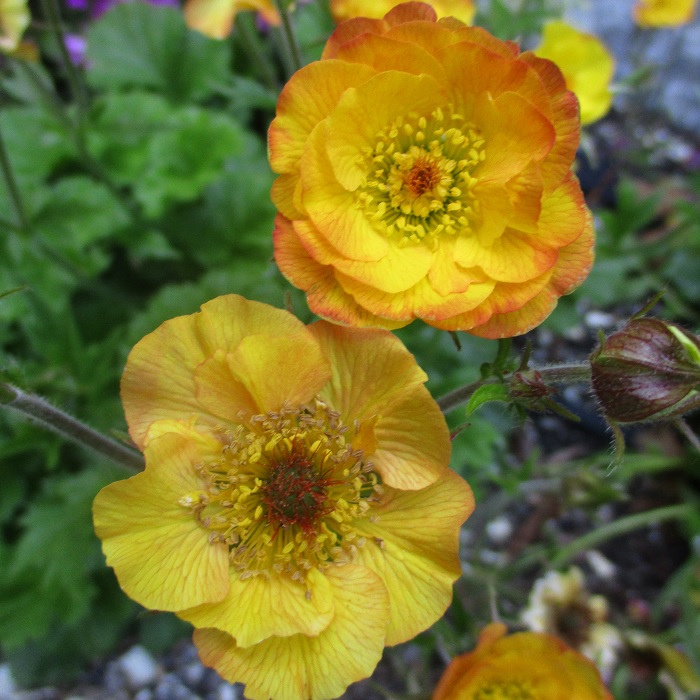UNITED STATES—Who do they think they are?! This ain’t ‘Caddy Shack’! They have such attitude! Gophers move into our gardens and lawns, take what they want, and build their messy volcanoes of loose soil. They do not care how much work we put into our gardens, or how much we spend on nice plants, or how much we crave our first zucchini of the year. They are safe in their subterranean tunnels.
Or so they think. There is more than one way to . . . well, you know. There are also several methods that either do not work, or are not practical. For example, gasoline poured into a tunnel may volatilize, and then explode if ignited, killing gophers below, but can very easily start a fire anywhere the fumes happen to seep from the tunnel, and there is no way of knowing where that might be!
Poisons are dangerous either because gophers do not eat them, leaving them to be dug up by someone else later, or because gophers do eat them, and then stagger from their tunnels in search of water, and then get eaten by someone else who gets poisoned as well. Putting razor blades in the tunnels is just plain wrong. Even if it actually kills gophers, who wants to dig up razors later?
Traps are still the most efficient way to eliminate gophers. This is of course more easily said than done. It must be done properly and VERY carefully. Gopher traps are dangerous! It is safest to learn how to set traps from someone who is experienced with them. Safer modern types that fit into holes that gophers are expelling soil from only work if gophers happen to be active at the time.
Conventional gopher traps are set and placed in a pair, with one trap in each direction of an excavated and cleared main run. A main run is found by following a surface tunnel below the freshest volcano of expelled soil, to where it splits into two direction. The paired traps should be attached by wire to a stake that stays visible at the surface. A bit of crushed vegetation can be placed behind the traps before the run gets buried firmly. If set properly, a gopher springs a trap as it returns to clear the run.
Highlight: avens
Wow, this is quite old school. Is it making a comeback? That would be nice. Avens, which is also known as Chilean avens, Geum quellyon, is an old fashioned perennial relative of the strawberry. Instead of producing fruit, it provides handsome yellow, red or coppery orange flowers that look something like small single, semi-double or double anemones, but can bloom through most of May.
Although perennial, avens do not last forever without some degree of help. After the first season, most of the slightly ruffled and hairy foliage dies down during the colder part of winter. New foliage and bloom develop in spring. After the second or third year, and every few years afterward, mature plants should be divided before or after bloom. Pups are more vigorous than the parent plants.
Happy avens gets as high and wide as a foot and a half. Much of the height is in the branched floral stems, which might need to be staked if they get too heavy with bloom, or are in a breezy spot. Most of the mounding foliage is basal. A bit of shade is tolerable and actually preferred to hot situations. Soil should be rich and well drained. Avens plays well with others in mixed perennial beds.
Horticulturist Tony Tomeo can be contacted at tonytomeo.wordpress.com.






